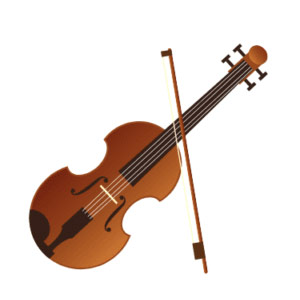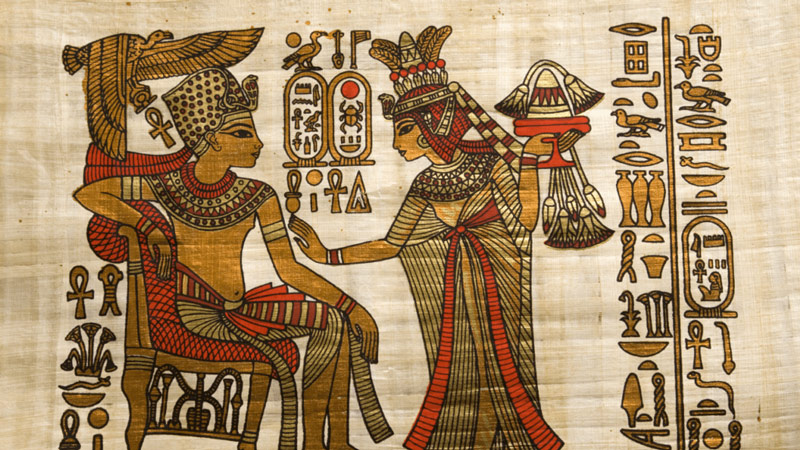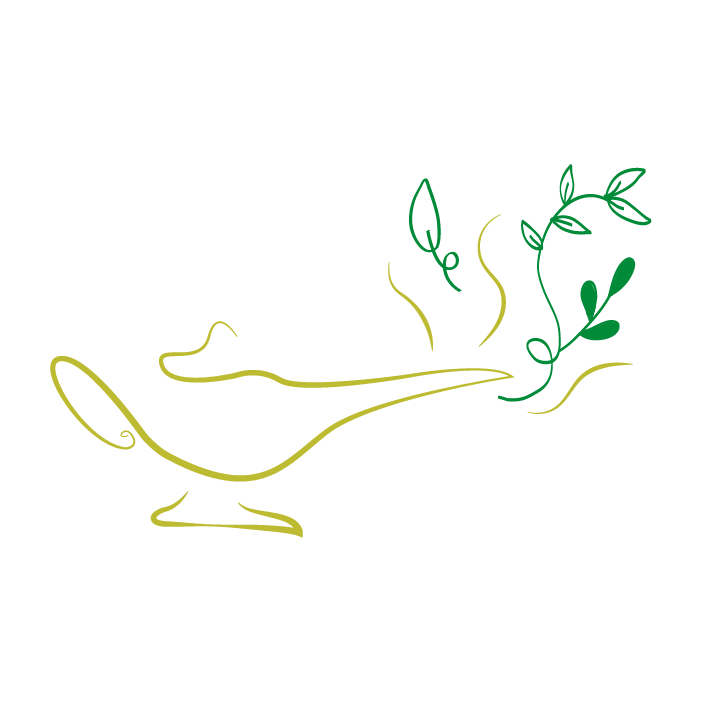
11 – Terebinth – Pistacia terebenthus L.
Ethnobotanical NFC digital path
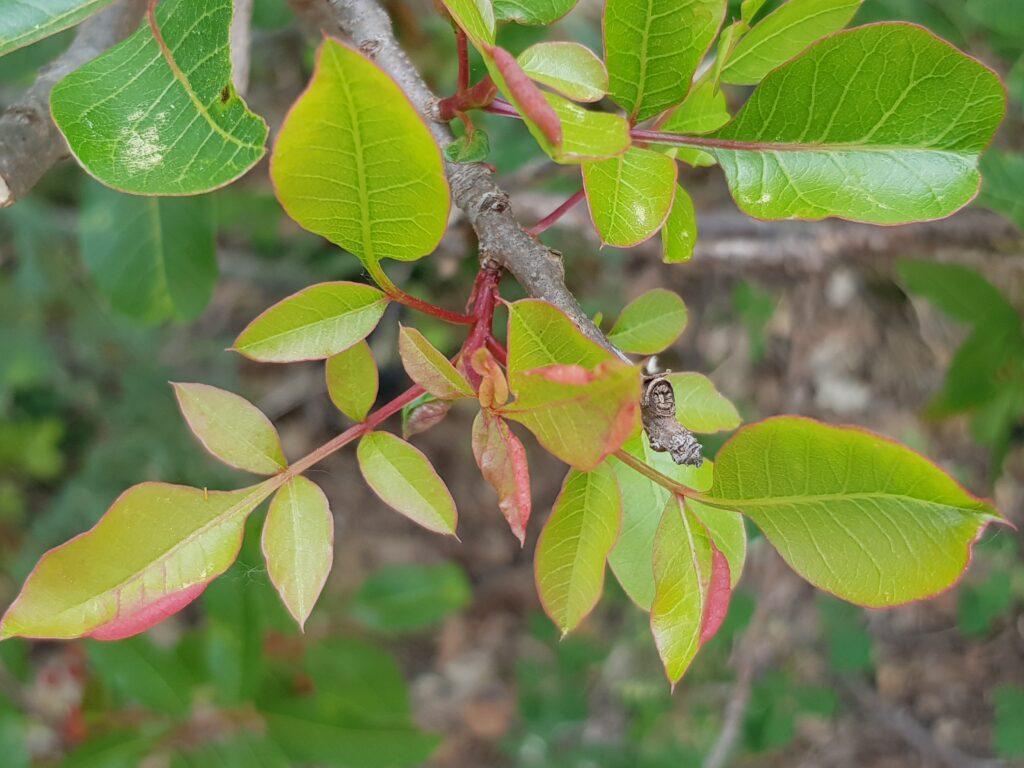
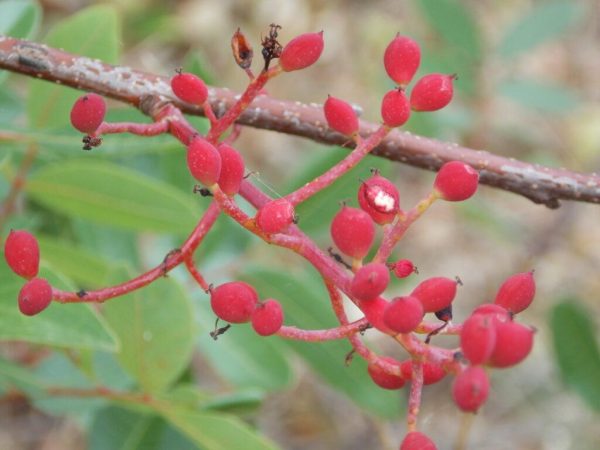
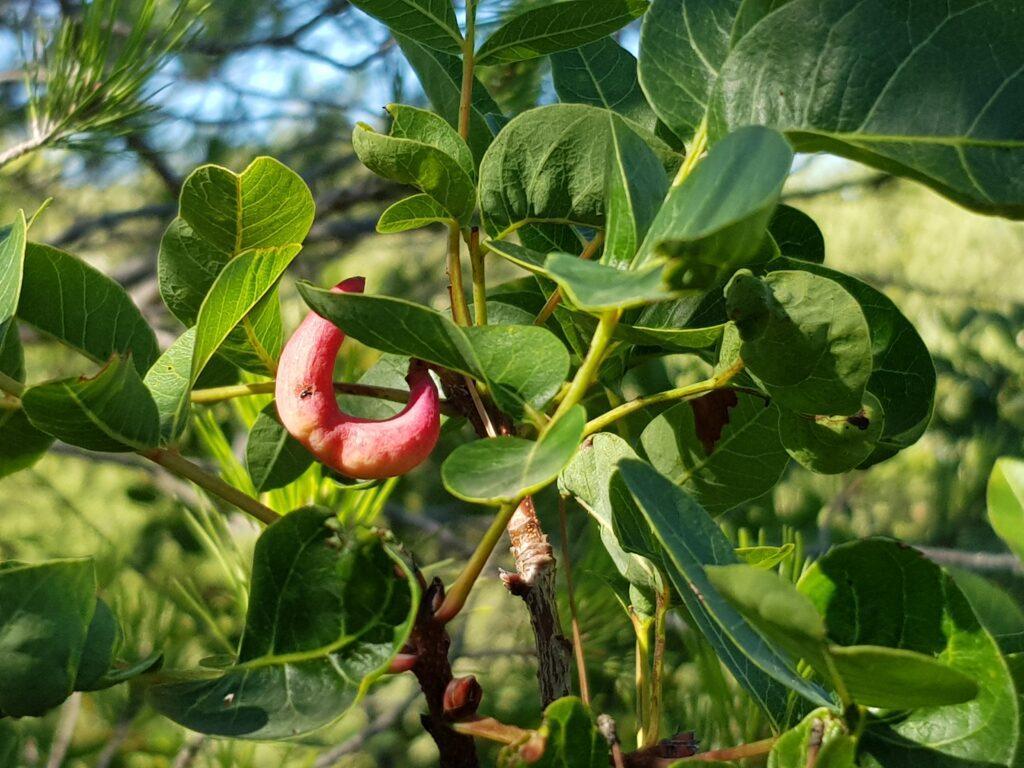
It is a dioecious tree : male trees make flowers with only the stamens without any style. That’s why only the female shoots can produce pistachios.
There are 9 different species of pistachios in the world. The Chinese pistachio can reach 26.24 feet.
Pistachios that we eat come from another tree : « Pistacia vera ».
Pistachios from the terebinth tree are edible but so small that we would need tweezers to get them after breaking the hull.
This tree contains turpentine.
The turpentine can come from many other trees and has various names :
- Turpentine of Chio, Cyprus, or Hungary : comes from the terebinth tree, (for the Chio turpentine, it could come either from terebinth or from the mastic tree (Pistacia lentiscus),
- Bordeaux turpentine : comes from the maritime Pine (Pinus pinaster),
- Venetian turpentine : comes from larch,
- Turpentine of the Vosges : comes from epicea,
- Turpentine called « Baume du Canada » : comes from fir tree.
Let’s talk about the pistachio tree wich produces these little nuts we eat for aperitif, (Pistacia vera in latin) :
This tree is grown again by the farmers in our area.
Planted for more than 4 000 years in Iran, the Roman have introduced the “Pistacia vera” in the Mediterranean basin.
In 1715, thanks to the pistachio tree, botanical science has progressed : the botanist Sebastien Vaillant founded the existence of dioceous plants and their particular sexuality.
Around 1700, his master, Joseph Piton de Tournefort came back from an expedition in Levant with a pistachio tree. He planted it in the jardin des plantes (botanical garden) in Paris. Tournefort didn’t understand why his pistachio was only blooming without producing pistachios.
Sebastien Vaillant knew there was another pistachio planted elsewhere in Paris. He has noticed that the flowers were different. He suggested the hypothesis that one could be male and the other female. To verify his idea, he cut a blooming branch from one pistachio and shook it above the other tree. Thus, he made artificial fertilization. Then, fruits appeared, his hypothesis was confirmed.
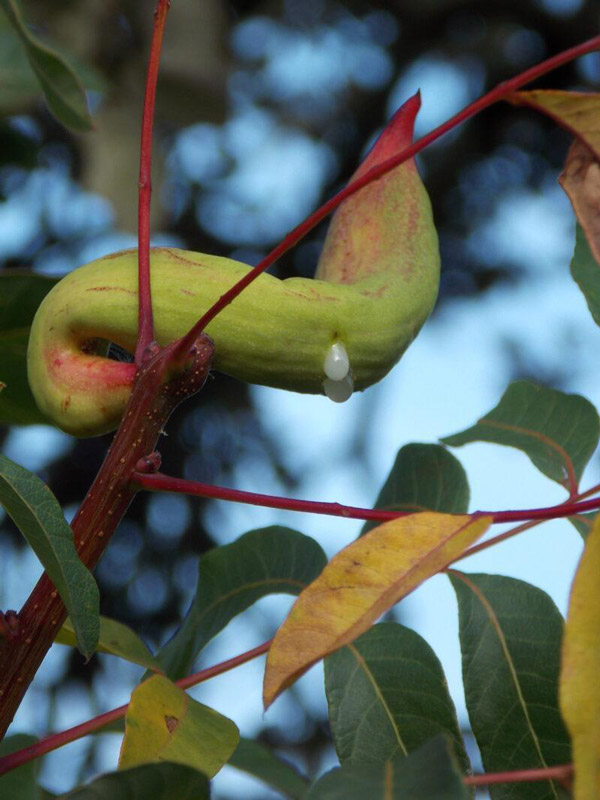
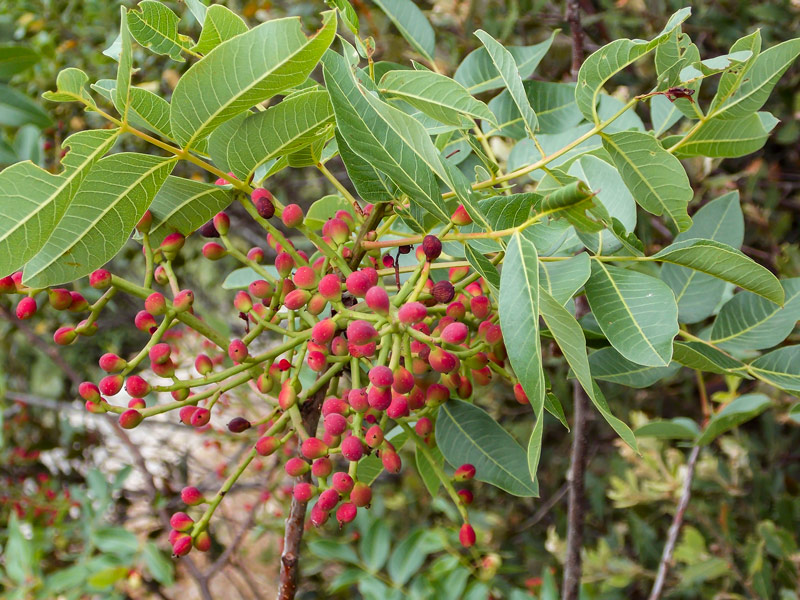
A medicinal shrub :
It was one of the ingredients of Kyphi, the famous Egyptian perfume which was offered to the gods in the antiquity.
It is an old medicine cited in the Erbes Papyrus (Medical papyrus speaking about herbal knowledge which has been baught by Georg Ebers. This papyrus dates from 1550 BC). Terebinth tree resin was used to cure intestinal, lung or hepatic diseases.
Turpentine was considered as the best antidote to phosphorus ingestion and was also used as well as a purgative and revulsive. It was used in theriaca (more information on this essentiel very old medicine in the post number 3 with video about common juniper).
Colophony (distilled turpentine) was used to stop the bleeding after removing a leech. Actually, colophany powder is haemostatic.
The apothecaries used the turpentine resin to make a sorts of plasters with old clothes called lint.
Even the resinous juice of the galls was used. It is a well-reputated astringent and cough medicine.
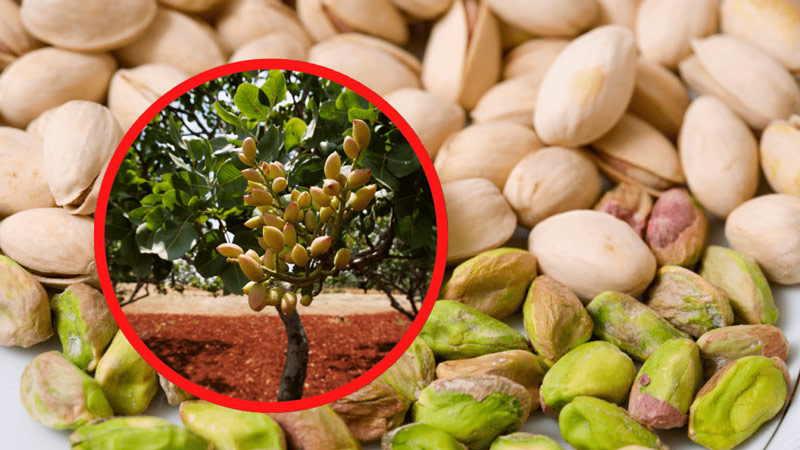
Various uses :
Its leaves were used in tanneries.
In Provence, thanks to the galls, people were able to dye whool red. In the Orient, they used it to dye silk scarlet.
Its wood is appreciated in marquetry.
Colophony is very useful to coat violins archers, ballet shoes, and the hands of climbers to improve adhesion.
The terebinth pistachios were given to feed porks.
Did you know it ? Some of the fuel used for the first Ariane rocket was turpentine !
Pistachio trees used to be cultivated by the local farmers of our area but its cultivation was abandoned because of several successive years of frost and a lack of opportunities.
Nowadays, few farmers revive its cultivation as well as the rural economy. Due to global warming, it now seems feasible as the temperatures increase, creating new opportunities.
